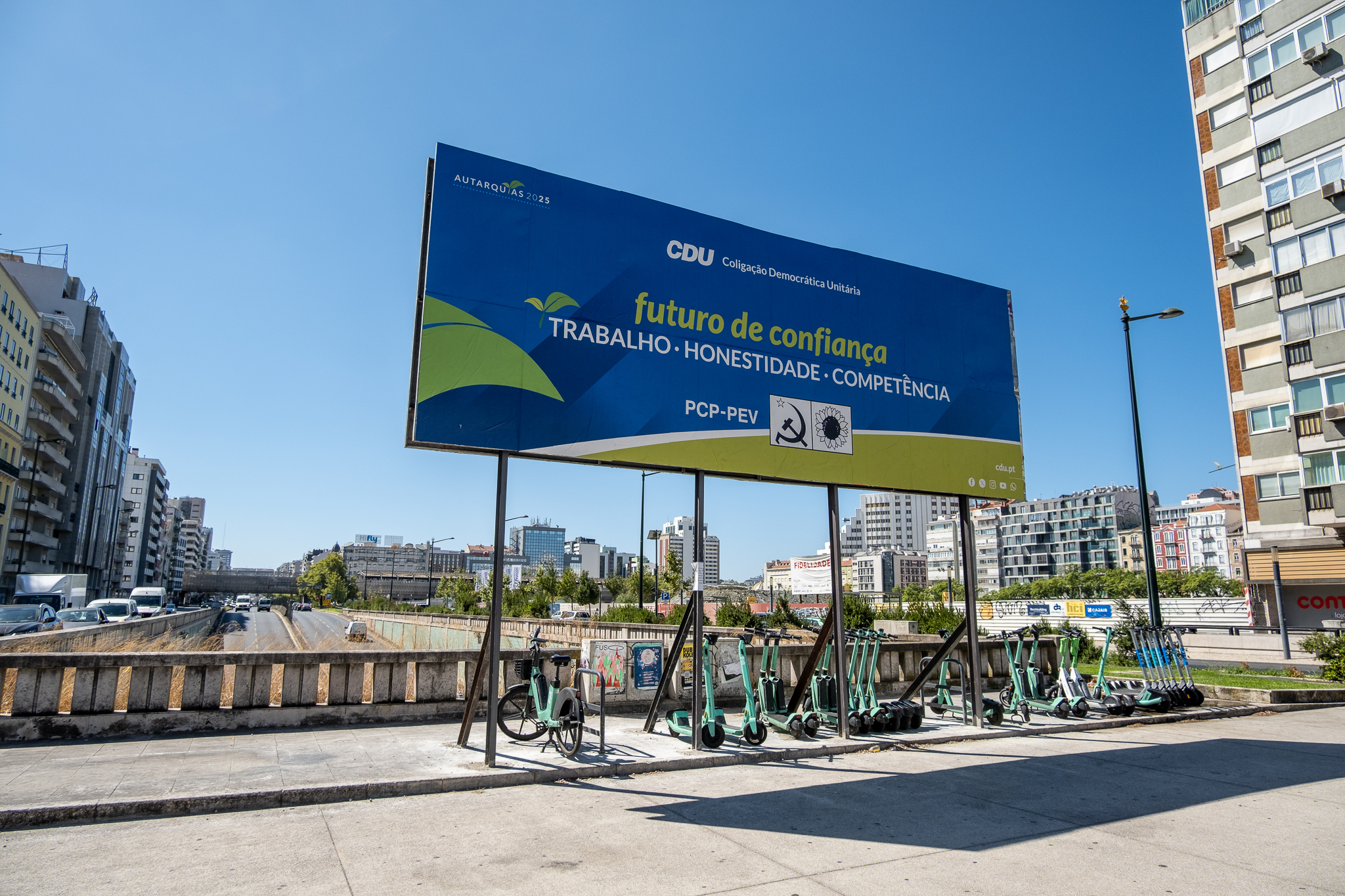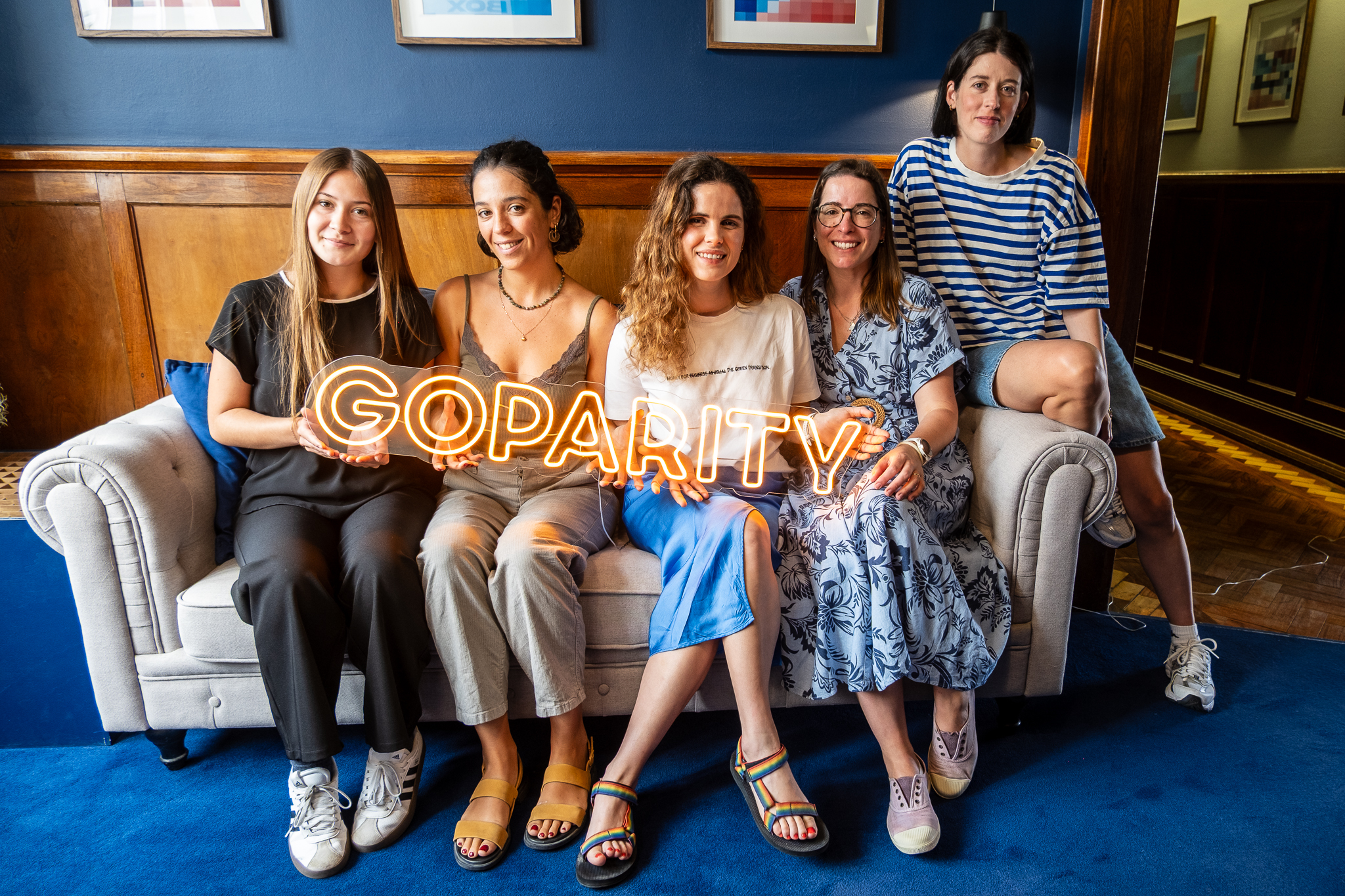The results of the annual Mãos Ao Ar! survey were released, carried out by the Lisbon Municipality in order to draw an x-ray of school mobility in the city. In 2022, there was an increase in the modal share of the bus, but also of the bicycle. The automobile is still king.
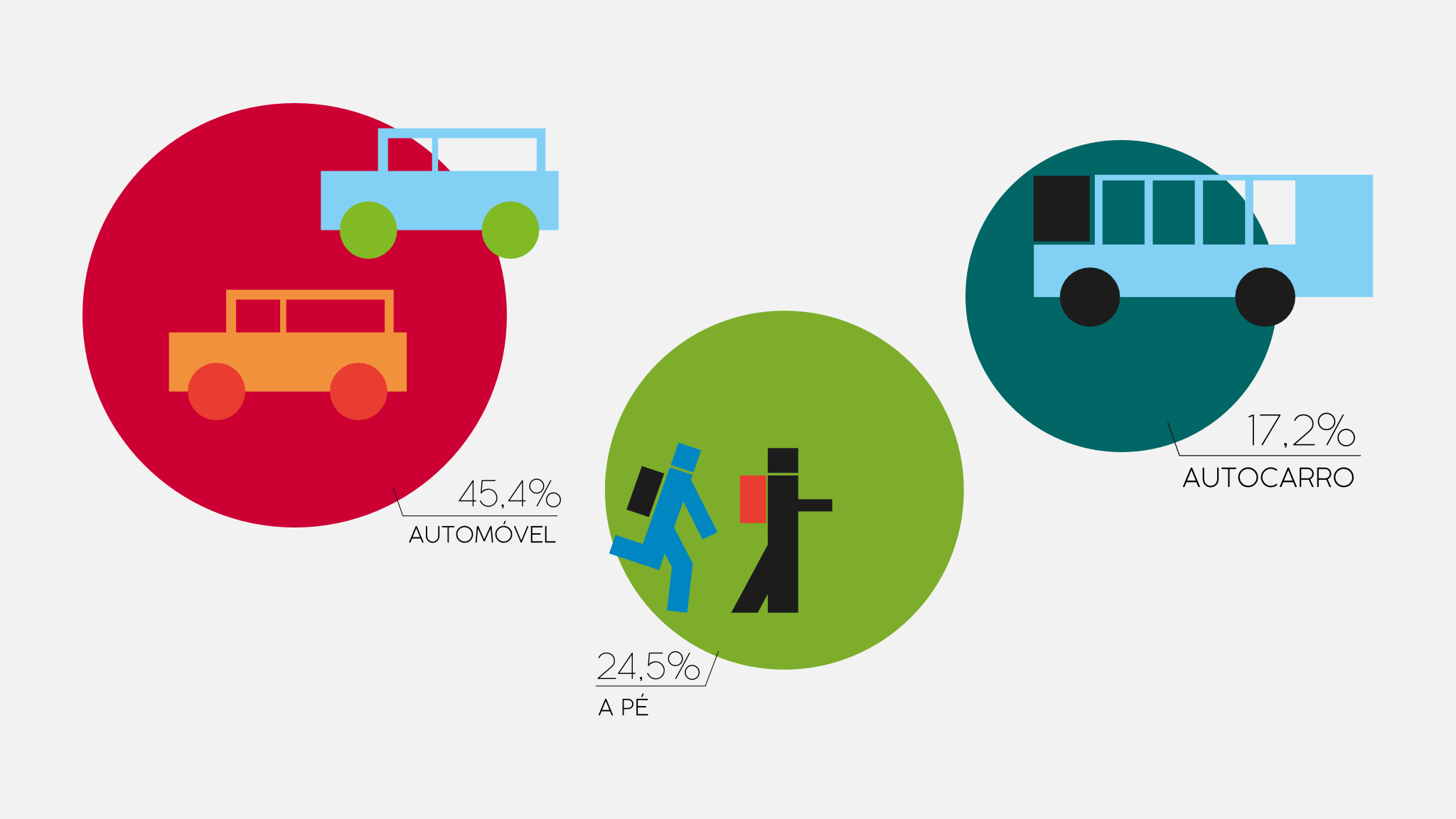
Every year, Lisbon City Hall promotes a survey among the school community in order to draw a portrait of how children and young people go to school. The small study - baptized Hands Up! because the answers are obtained with a raise of the arm in the classroom - was once again done in 2022 and the results now released
A comparative analysis of the 2022 report with those of the previous year should always be carried out with caution, not least because the shares vary from survey to survey. Last year, of the 231 schools in the city, 158 participated (21 less than in 2021) - which corresponds to about 68% from the Lisbon school universe and 50% school population. Participation is divided into 119 public schools (75%) and 39 private schools (25%).
The overall results were as follows:

Despite the mobility programs that the municipality has been launching, such as the Bicycle Trains and more recently Yellow, a pilot project in which children are accompanied on Carris buses, school mobility in the general panorama of the city has not been changing. Note, however, that these programs still have a low geographic presence in the city and are still at an early stage.
With regard to the results for 2022 compared to previous years, there was also a slight tendency to decrease car use, which seems to have been transferred, above all, to bus use, which was the mode that showed the greatest positive variation. Bicycling continues to show a slight upward trend, in contrast to walking, which has declined, with fewer public school students choosing to use this mode. The data from Hands Up! 2022, show an increase in the modal share of bus from 14.1% to 17.2%, and of bicycle from 1.5% to 1.7%.
| Transport mode | Quota 2022 | Quota 2021 |
|---|---|---|
| Car | 45,4% | 48,2% |
| Pedestrian | 24,5% | 25,8% |
| Bus | 17,2% | 14,1% |
| Metro | 5,0% | 4,9% |
| Train | 2,0% | 2,2% |
| Bicycle, scooter, skateboard and rollerblades | 1,7% | 1,5% |
| School Transportation | 1,3% | 1,4% |
| Mota | 0,7% | 0,9% |
| Electric | 0,4% | 0,4% |
| Another | 0,9% | 0,6% |
In any case, the data obtained this year help validate the results of previous editions, since there are similarities and patterns that can be pointed out from year to year. For example, dependence on the automobile decreases with increasing age of the studentsThe use of public transport to get to school is higher among students in private schools, and it is only in secondary school that the use of public transport to get to school is higher than that of the car.

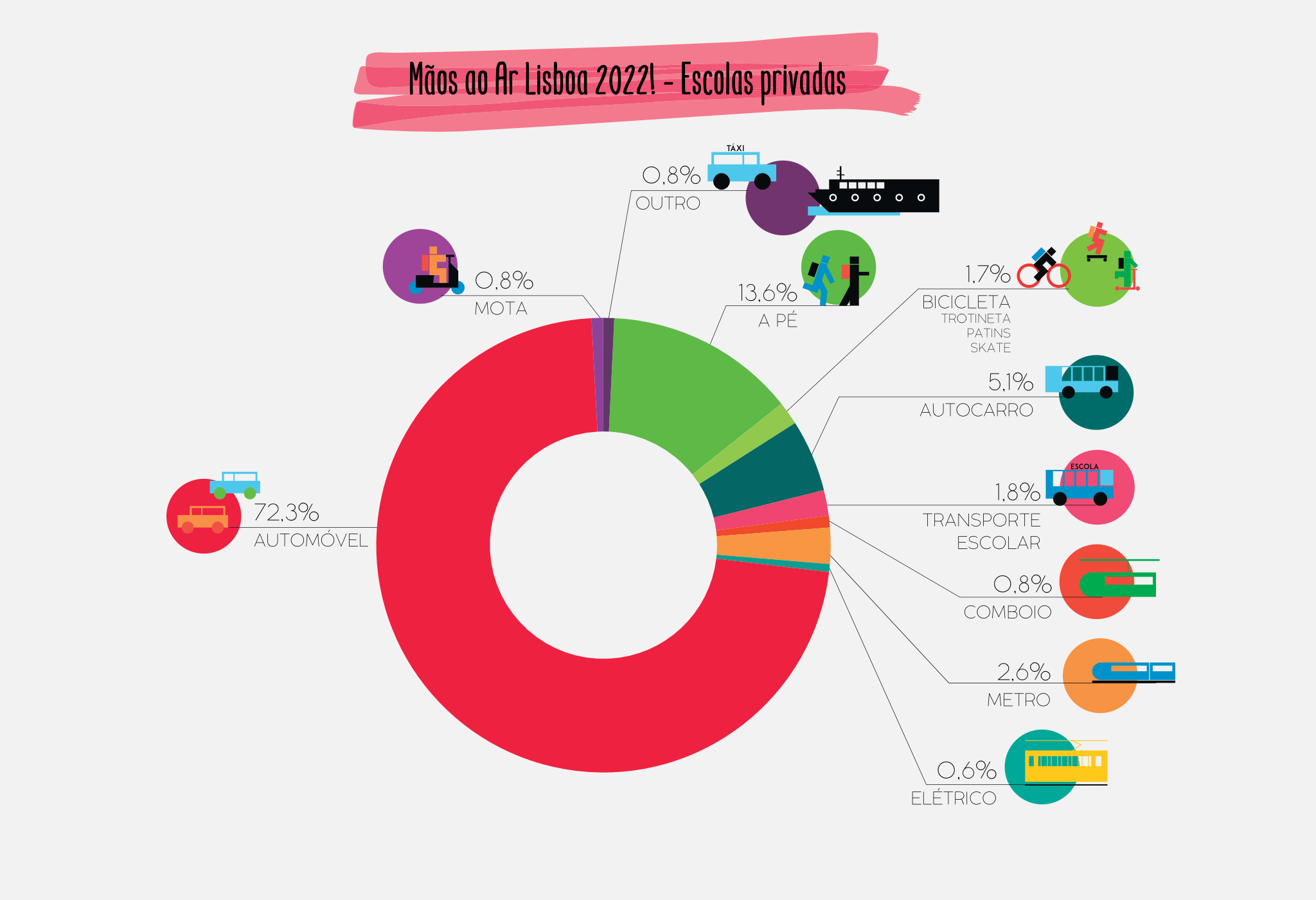


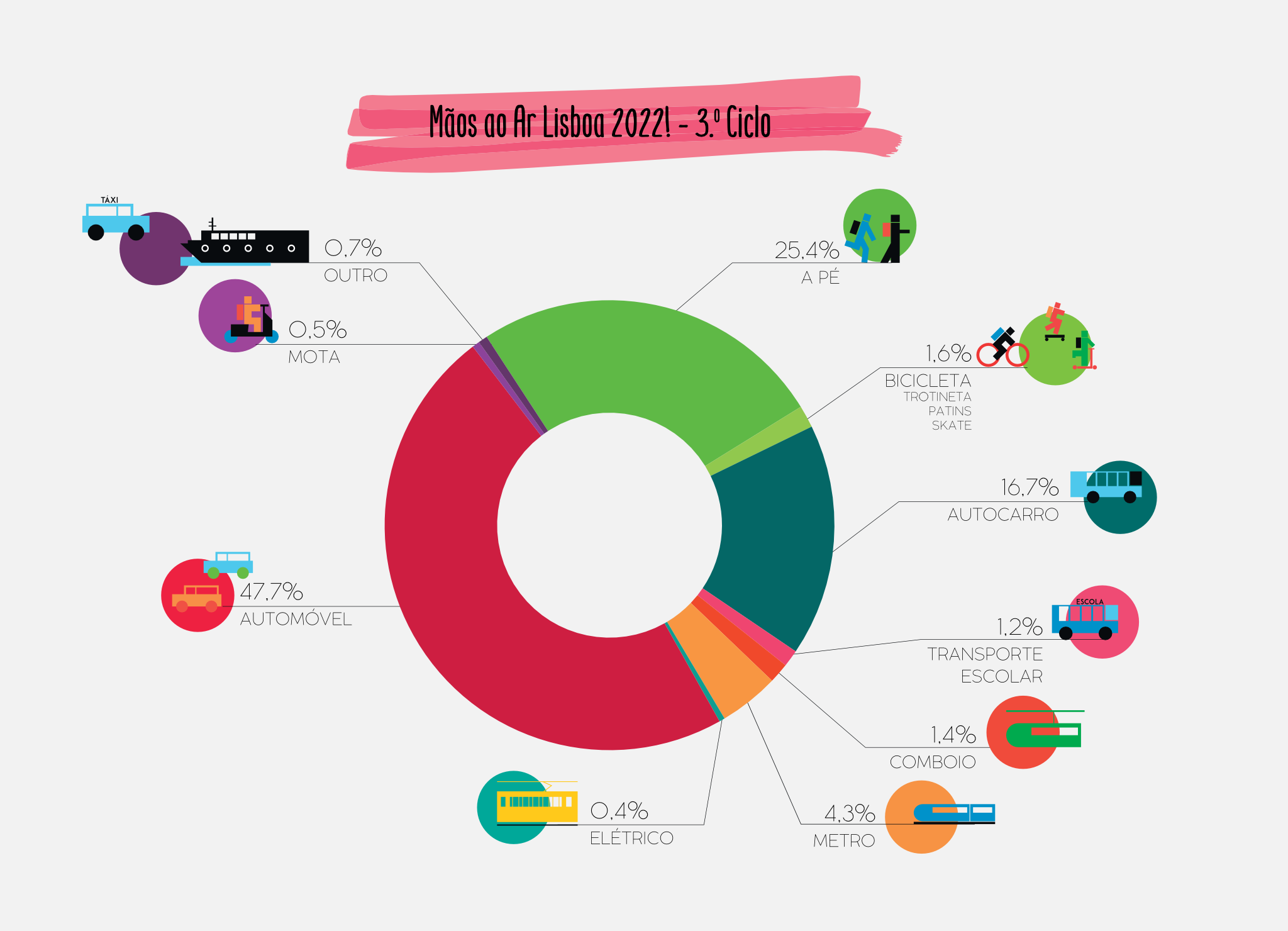
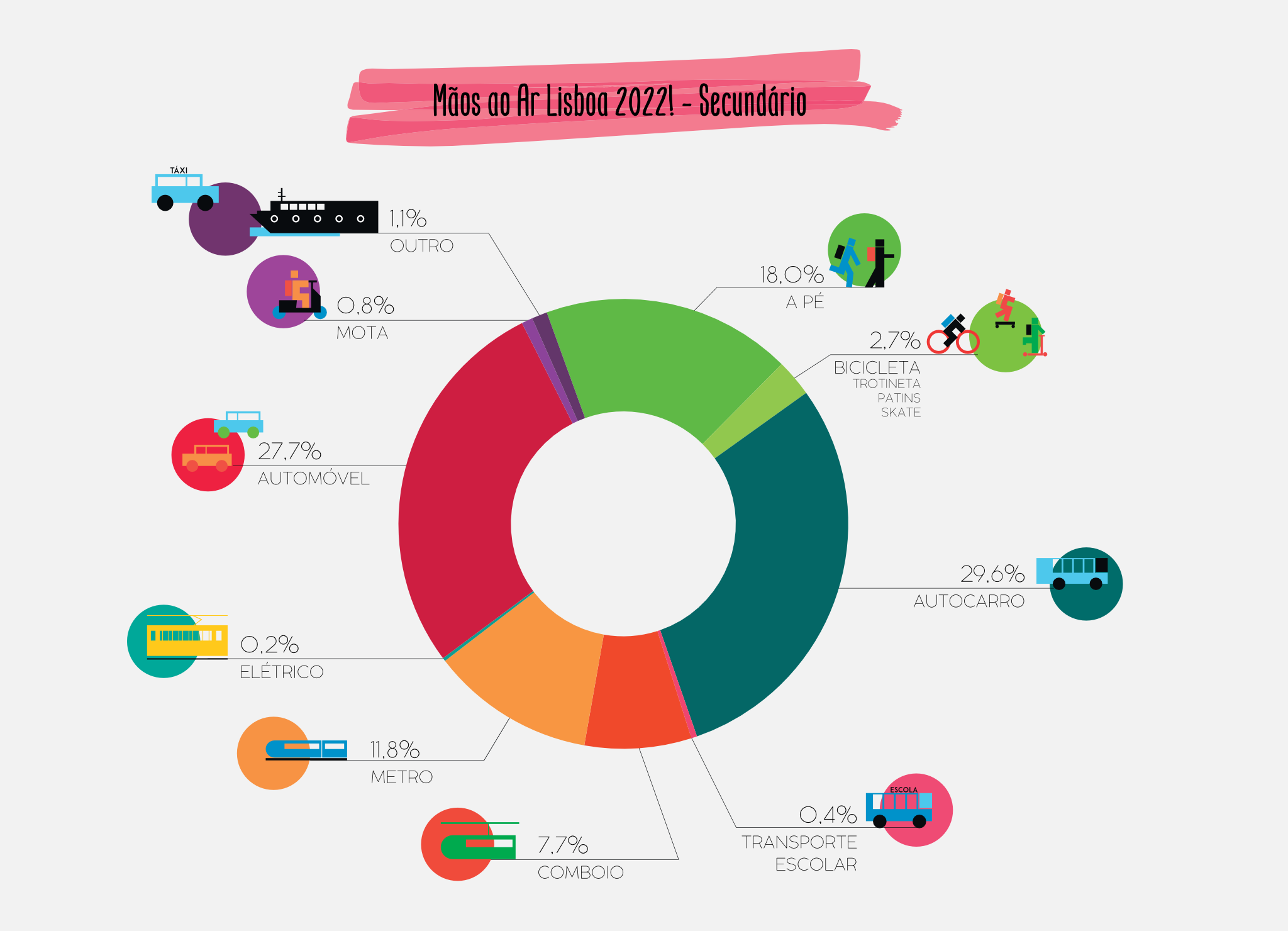
The survey Hands Up! is carried out in classrooms, with children and young people; teachers ask them to raise their hands, indicating how they usually go to school, presenting the different modes of transport as answer options. Between 2019 and 2022, there were a total of 224 schools participating in this survey, and of these, 110 schools participated in all editions and there were six participating in this survey for the first time in 2022. Last year, on average, there was a participation of 50% from the school population of each parish, and Areeiro, Avenidas Novas, Belém, Benfica, Estrela Marvila and Santo António were the parishes with the highest participation.
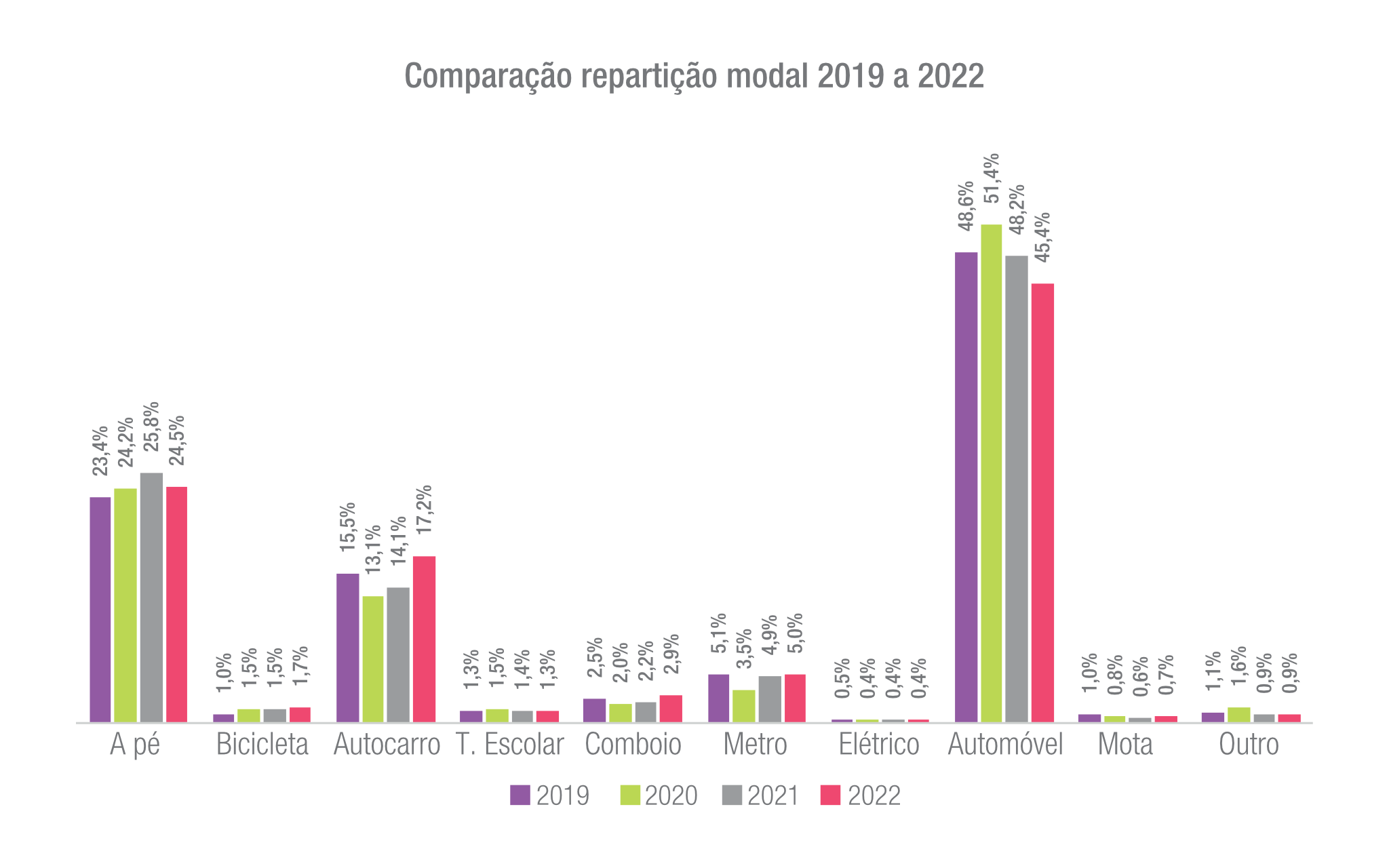
"We are not satisfied at all. We all have a lot of work ahead of us. A job that we have to be able to do together."commented the Councillor for Education, Sofia Athayde, in the presentation of the results of this survey, which took place in the City Hall. "We want to take children and young people out of the small world that is the car and give them the big world that is the city. We want them to experience the opportunities that the city has for them." Fernando Rosa, from the Municipal Mobility Department, pointed out that "the automobile is the most negative standard" that the municipality has to deal with and revealed that "has an impact on city traffic, as about 20% of the morning traffic is a result of commuting to school". Rosa also said that "the relationship with public transportation was a little wounded by the impact of the pandemic" and that it is now that "we are trying to turn it around".He is optimistic about measures such as free travel passes for young students.
The Lisbon City Hall has been developing some initiatives to try to change the paradigm of school mobility. O Yellow is one of them. This is a pilot project being developed in schools in the parishes of Olivais and Benfica, which consists of adult monitors accompanying bus trips to school. "We want to give parents the confidence to drop their children off at the bus stop and that then the trip proceeds safely to the school stop"said Carlos Miguel, from Carris, which is developing Amarelo with the municipality. The pilot has 73 registered and nine schools participants to date, and will be evaluated for possible continuity in the next school year. For now, until the end of this school year, Carris and the city hall want to extend the Yellow Program to another school, the EB 2,3 of Telheiras, in the parish of Lumiar, and also to kindergarten students in the mentioned parishes.
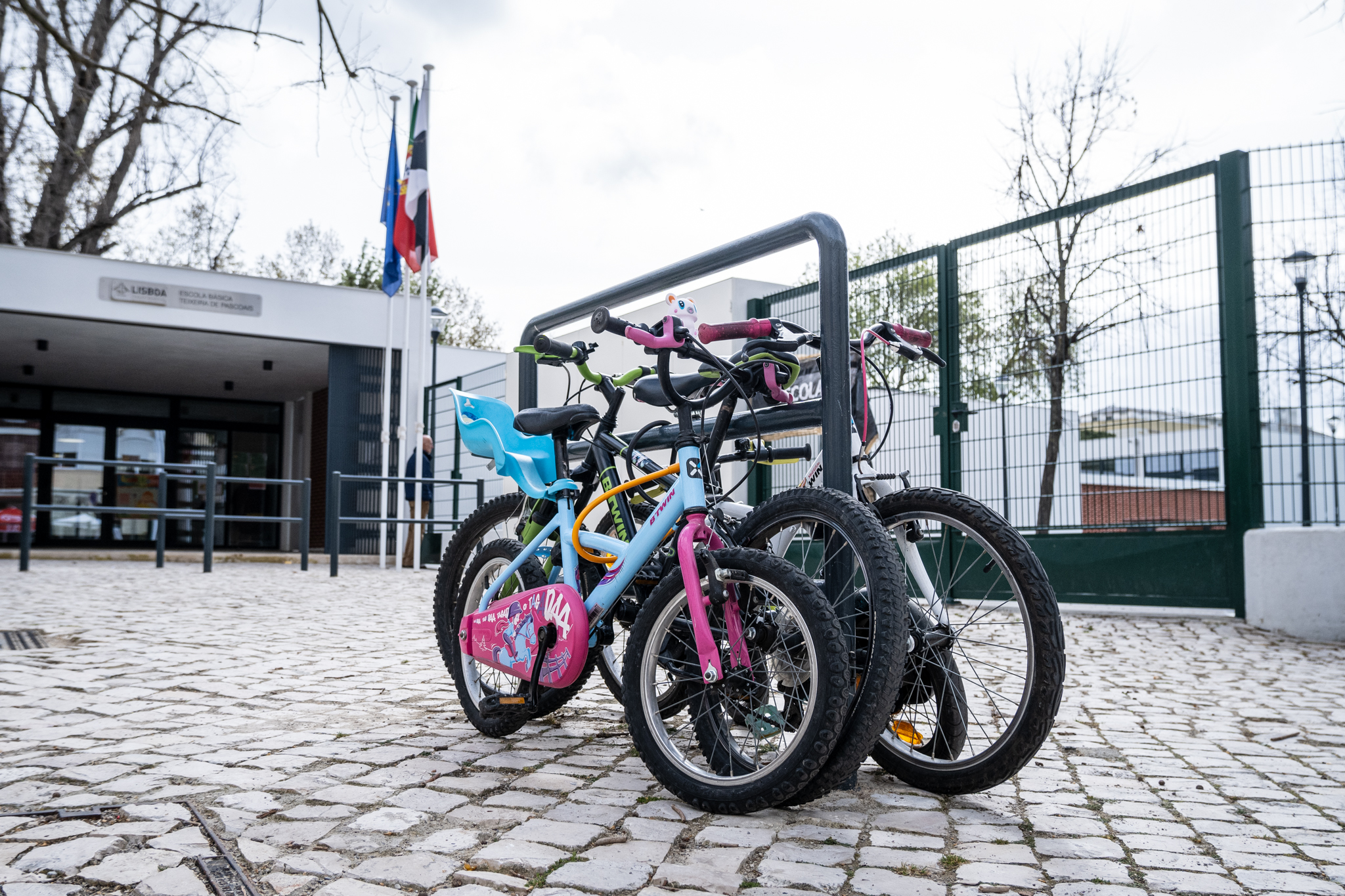
Another ongoing initiative is the Bicycle Trainswhich allow students from various schools in the city to ride their bikes to class in groups. The Trains are also "a way to solve automobile congestion near schools during rush hour"In the 2021-22 school year, 11 schools participated, a number that grew to 15 in the following school year. "This school year, we are already going with 23 schools participating in the program. Our goal and that of the Municipal Mobility Department is to continue to grow and we have issued the challenge to new schools."André said. "We are preparing children both for the use of the cycling-only infrastructure and the infrastructure they are also entitled to occupy as cyclists."
Lisbon City Hall is now launching a municipal program of cycle workshops in schools and also bicycle driving lessons for children and young people. This project is being launched by the Cicloda association together with the municipality in six schools, three in the 1st cycle and three in the remaining cycles of education.
Ana Raimundo, Municipal Director of Mobility, challenges the Hands Up! project to become a study of the entire Lisbon metropolitan area, pointing out that the survey is already being carried out in Cascais. The complete report about 2022, with all the data, can be seen below. You can check the ones from previous years on this page.





